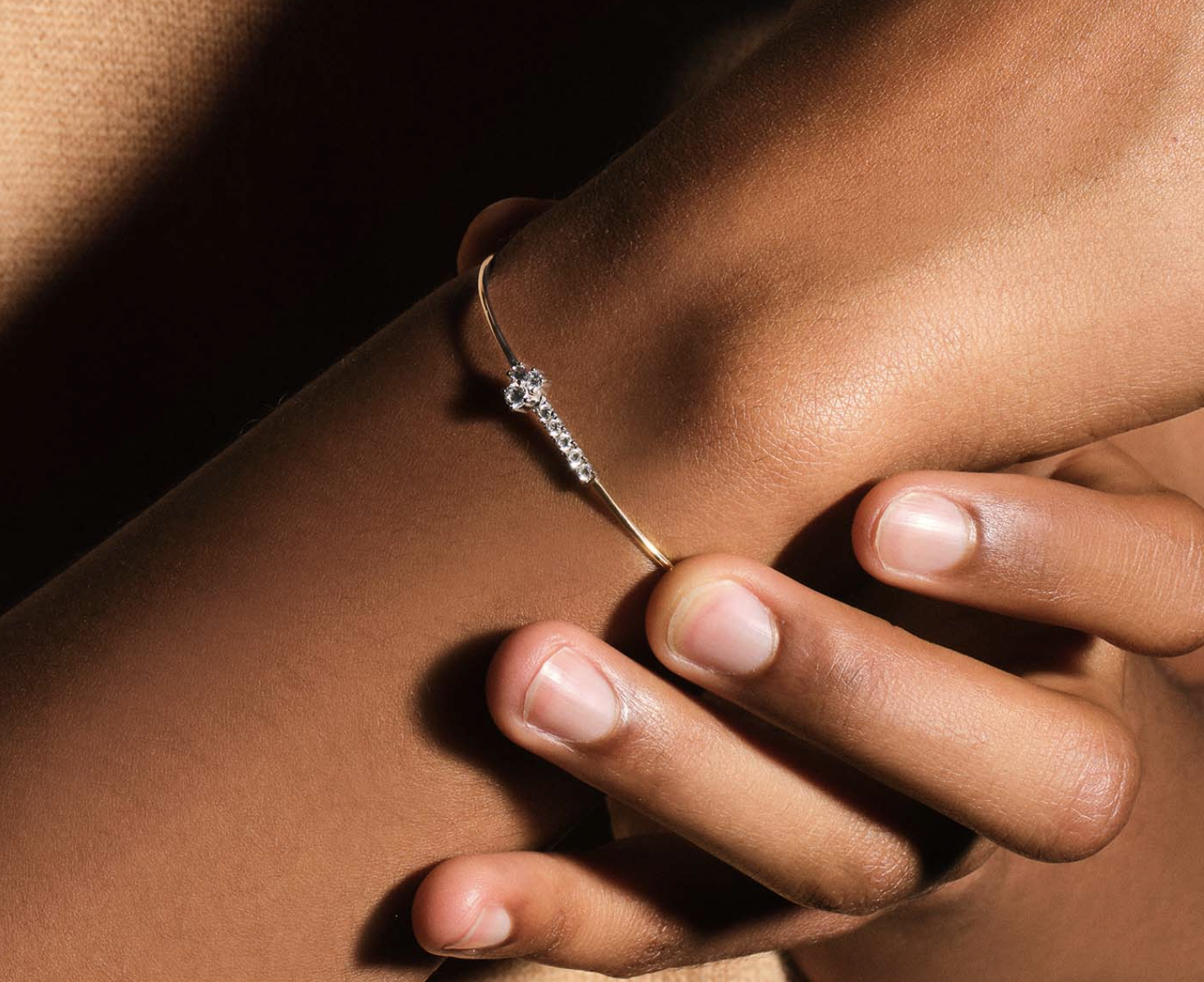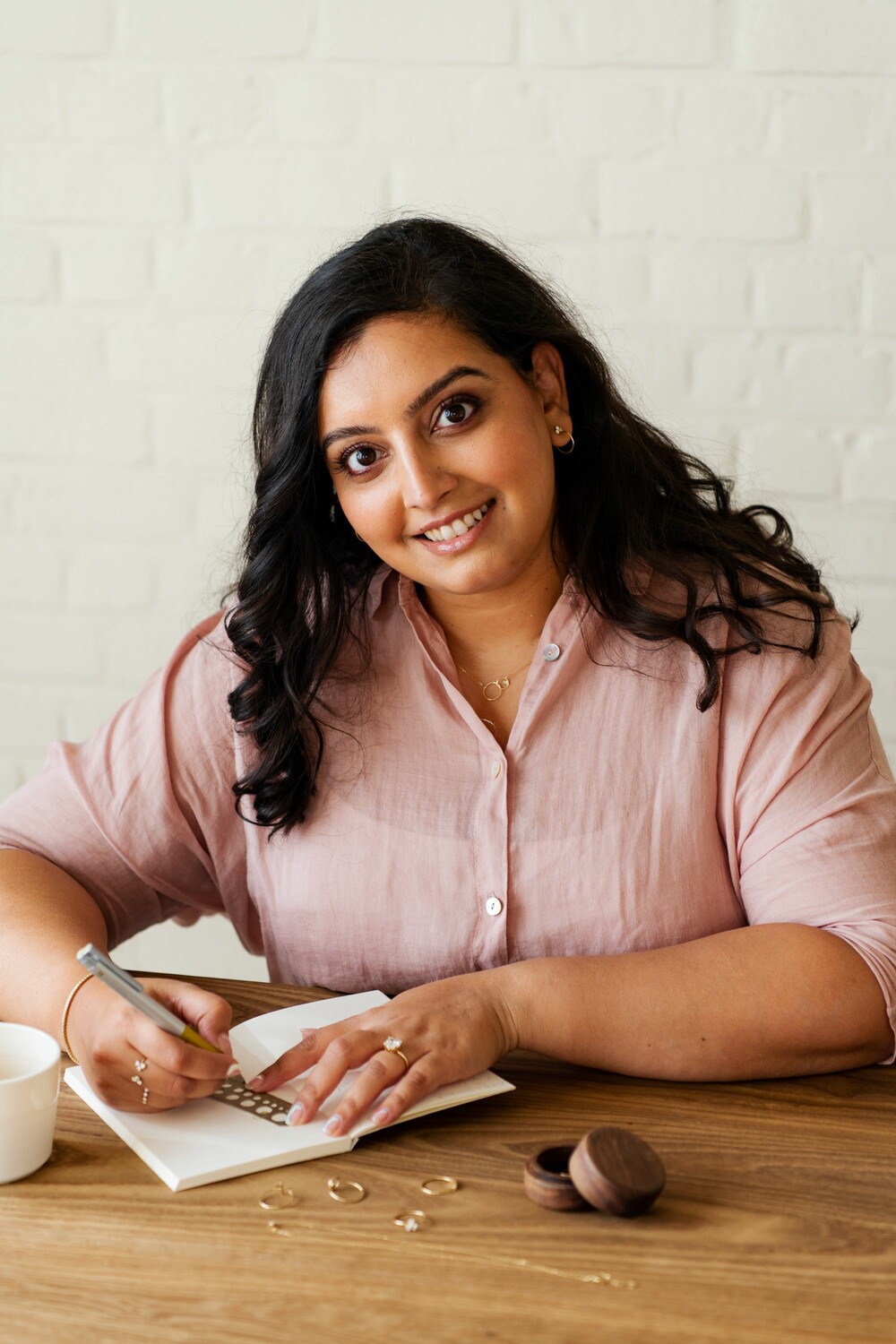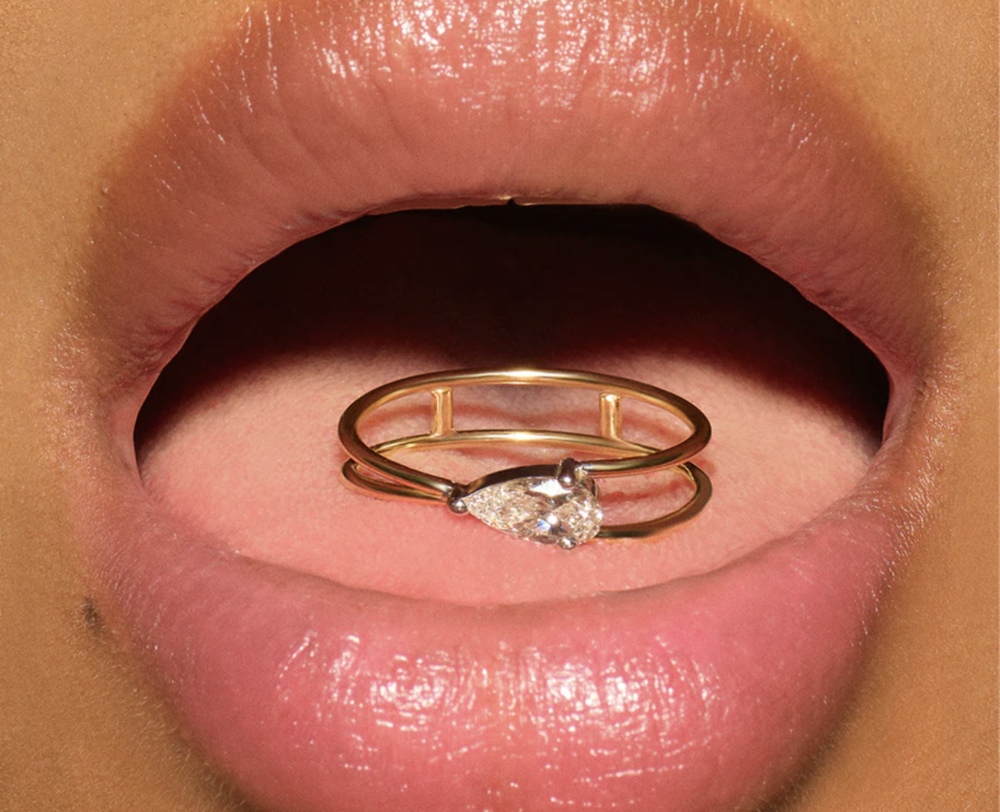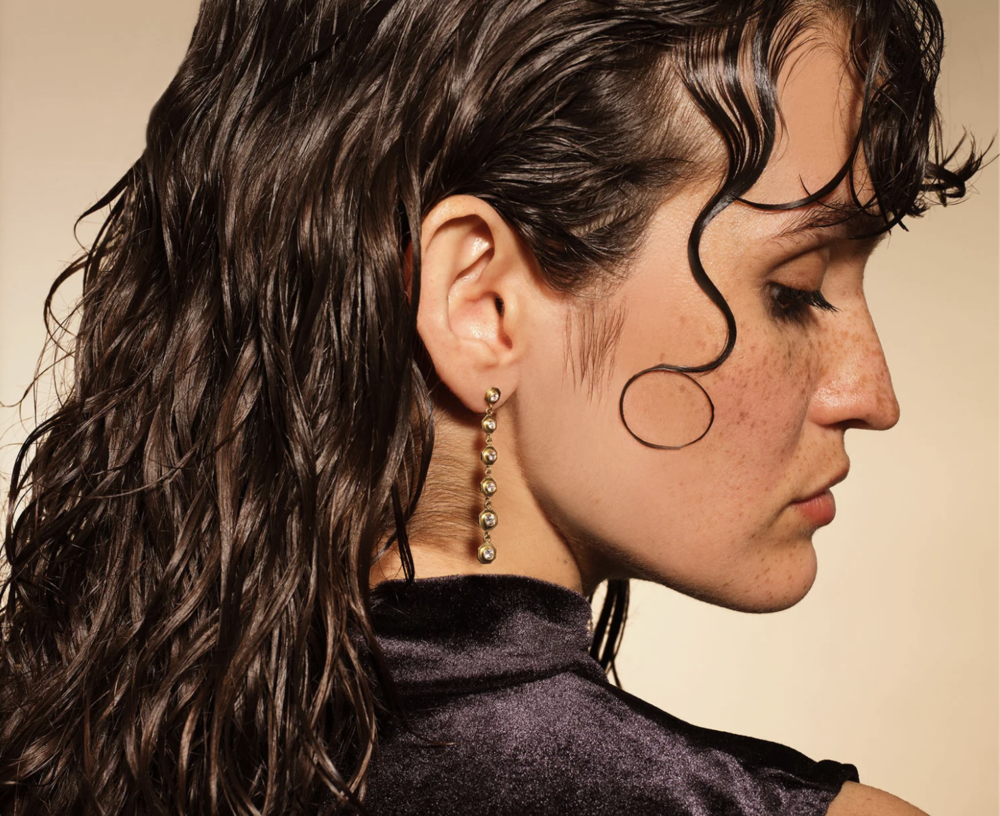
"The arrival of lab grown diamonds forces the natural diamond industry to really consider ethics."
Priyanka Mehta
Sustainable, ethical and laboratory-grown. Three key words that describe Priyanka Mehta’s fine jewelry brand Nue. With Nue she’s bridging the industrial gap by creating responsible pieces that capture the essence of time, innovation and luxury while championing the talents of women in the industry.
MAD had a talk with Priyanka, former diamantaire, about Nue and the future of the diamond jewelry industry.

Can you briefly introduce yourself and your brand?
“My name is Priyanka Mehta; I’m the founder of Nue - Fine Jewelry and I live in Antwerp. I worked in the rough diamond industry for 10 years and I didn't like how it operated, neither did I like the systems that were in place. So, I decided that I wanted to change the industry with my own personal impact. And that's how the idea for Nue came about.”
“Nue is a brand that is committed to sustainability and ethics. Transparency is key to the brand. The designs are very clean, minimal and the pieces last through changing trends, different times and fashion changes as well. Our jewelry is something that you can really carry with you for years to come.”
How did you start off your career in the diamond industry?
“Initially I was an operations and finance manager at a rough diamond firm in Antwerp. That was my first encounter to the internal workings of the diamond industry. Once you're in the industry, you get to hear and see a lot of how things work. That inside seat is what really uncovered a lot of the industry’s workings to me.”
“I was situated in the capital of the rough diamond industry and there were very few women working alongside of me. The experience of being a woman in that industry was very interesting and really motivated me to make the change to move towards jewelry design.”

How did you come up with the idea of using recycled gold and lab grown diamonds for your jewelry?
“Years ago, when I was already in the industry, I had been hearing a lot about lab grown diamonds. They were getting better and better as manufacturers were growing them. I was very intrigued by this, so I started following the development. Unfortunately, the diamonds were not gem quality at that time. Then in 2017, I asked about the development again, but we still couldn't see much of an improvement because there weren’t that many diamond growers. In 2019, I went to a trade fair and saw the diamonds that the lab grown manufacturers were putting out. They were incredible gemstone quality and 100% identical to natural diamonds. That's when the little bell in my head went off and I knew that that was the solution we were looking for.”
“I thought to myself: this is transparency! These diamonds don’t go through a trading cycle. There aren't twenty people who have possession of the diamond. You can control the start to finish, and the best part: it's identical to natural diamonds. For me, that was the spark moment! I had the advantage of being in the trade but even at the time in 2019, nobody was using lab grown diamonds. In fact, the entire natural diamond industry was against it. Today, we see a huge shift, but for me back then, it was the answer to giving a transparent product.”
“Using recycled gold was an obvious choice to me just because we already have tons of gold above the ground and gold is just one of those magical materials that you can melt down and re-refine to the same quality. So why use new gold when we can use what already exists?”

Let’s talk a bit about the technical process behind your jewelry: Can you shortly explain to us how diamonds are grown in a lab?
“The process is indeed quite technical. It involves a small slice of rough diamond (natural or lab grown). This is called the diamond seed. The seed is placed in a vacuum chamber, high temperature and pressure are applied to the space. Then a carbon gas, such as methane, is released into the chamber. Under the conditions of high pressure and high temperature (like under the surface of the earth) the gas molecules separate. The carbon molecules start to layer onto the diamond seed in a crystalline formation. This is how a lab grown diamond is created or grown. This diamond is then cut and polished the same way as a mined diamond. The result is an identical product, just a different origin story!”
What are the differences between lab grown diamonds and natural diamonds?
“There actually aren’t any. They are identical. They used to call lab grown diamonds synthetic diamonds, but they had to drop the word synthetic because they simply aren’t! Lab grown diamonds are physically, chemically and optically identical to natural diamonds. The analogy I like to use is ice that you have in your freezer and ice from the Antarctic. Both are real. The difference is their origin.”

Diamonds are a girl’s best friend. Emily from the popular Netflix series ‘Emily in Paris’ seems to agree with that. So tell us, how did your brand get featured on a show like that?
“I do believe diamonds are a girl’s, and everybody else’s, best friend (laugh). I think diamonds are absolutely beautiful. I love the gemstone. I just didn't like their origin story.”
“In June of last year, I got a serendipitous email from the show’s team saying, they'd like to have a Zoom call with me. They had been following my Instagram for a while and thought Nue would be the perfect fit for Lily Collins' character Emily. Of course, I didn't believe it at first! I was a little bit in shock. I thought they would want small product placement or something. But I took the call, and they told me to send over some of my pieces. It was a great opportunity, and Emily was definitely the right character. Her jewelry style is very subtle, that’s exactly what we’re catering to with Nue.”
Lastly, what are your thoughts on the future of the diamond jewelry industry?
“I think the arrival of lab grown diamonds has changed a lot of things. We will always have natural diamonds and I think consumers should be allowed to make that choice. But it does force the natural diamond industry to really consider ethics.”
“The idea of using technology for a good cause is what we're going to see more of in the jewelry industry over the next few years. It’s the same thing we saw in the fashion industry over the last decade, that we’re seeing in the production of jewelry as well.”
“I think it's important that new brands really think about the impact they're going to make, about what the ‘why’ is behind their brand and what they're setting out to do. Everything else will follow after that.”